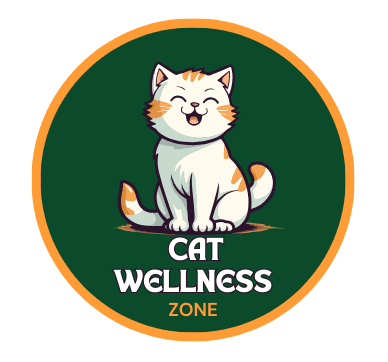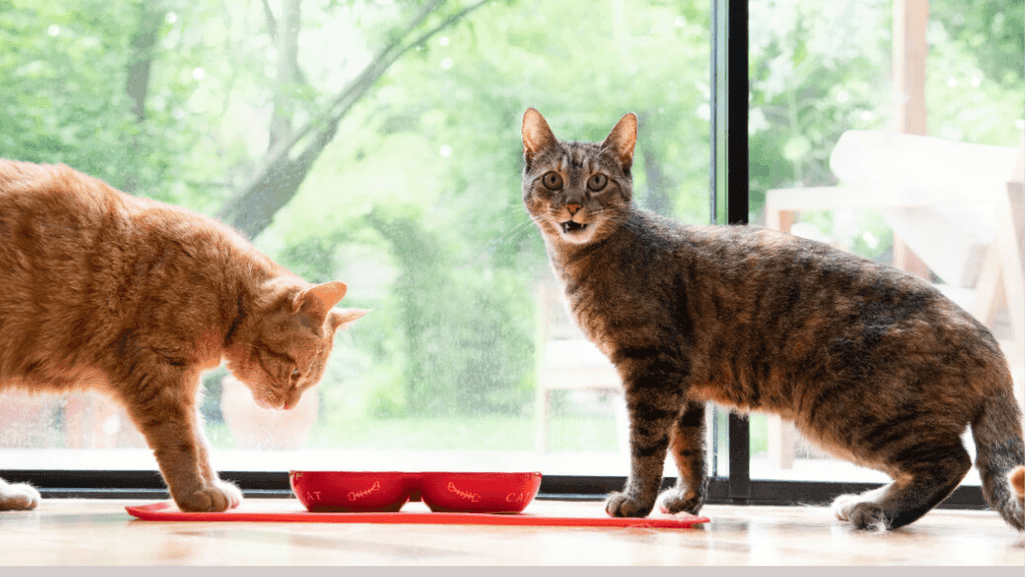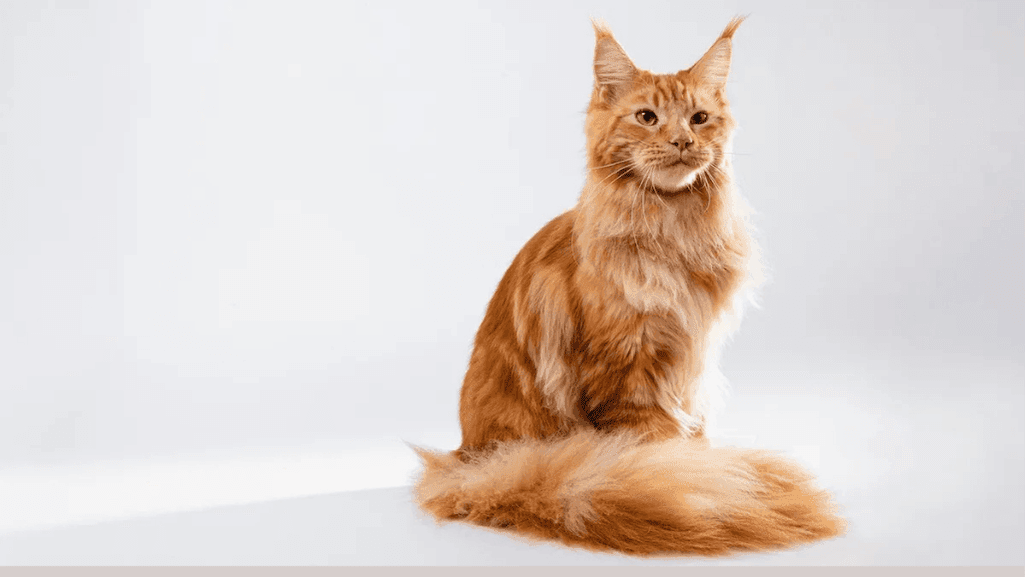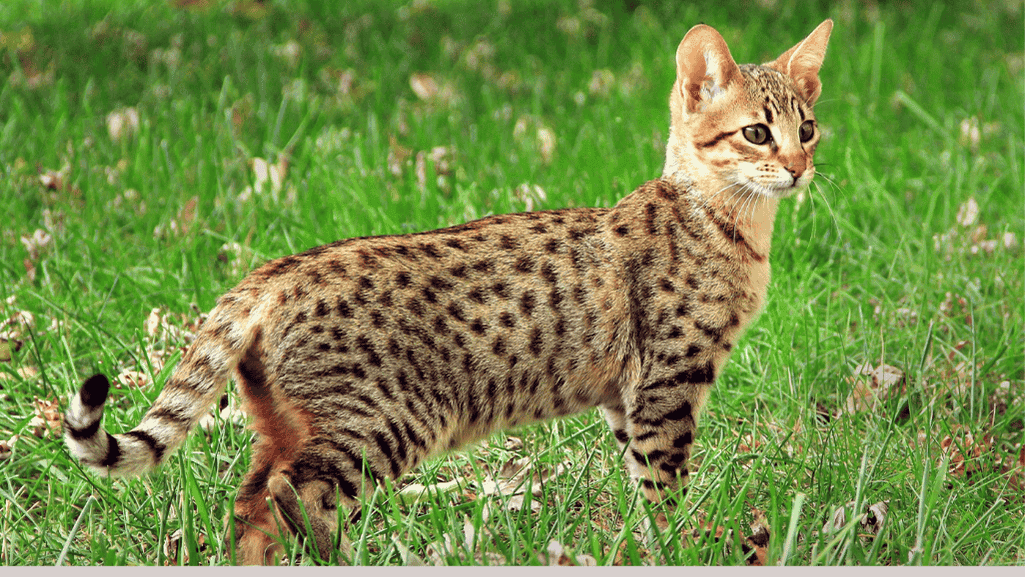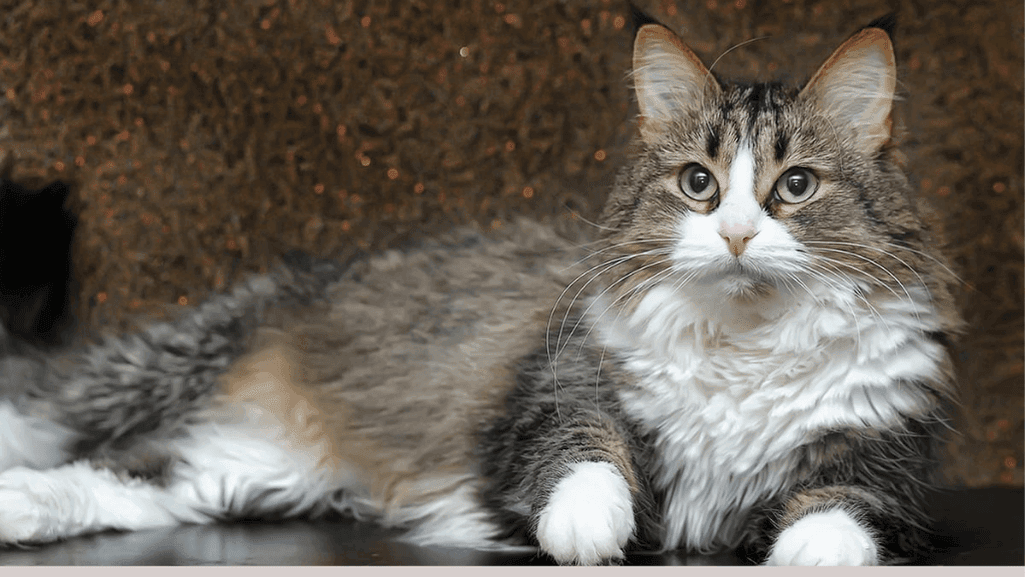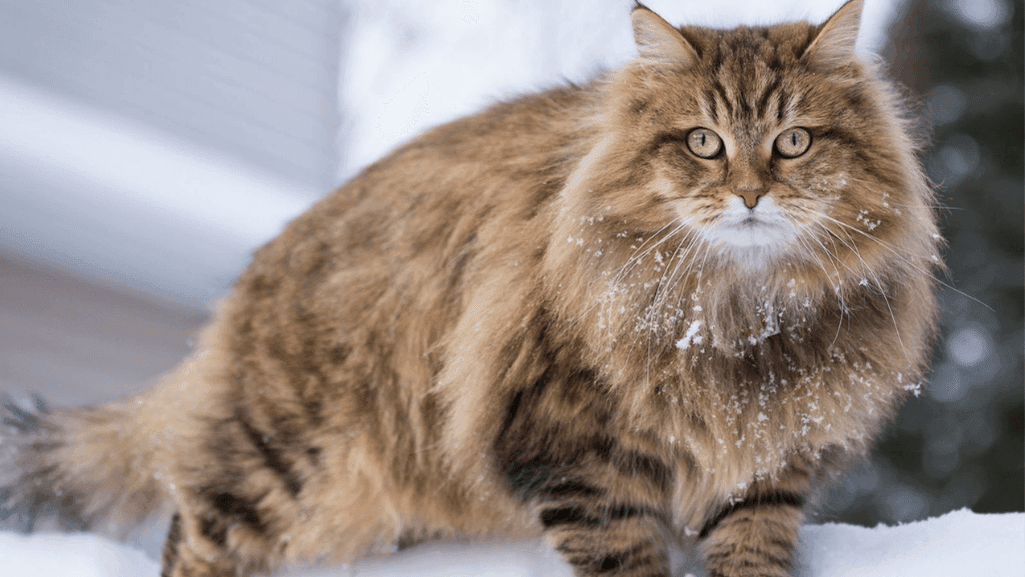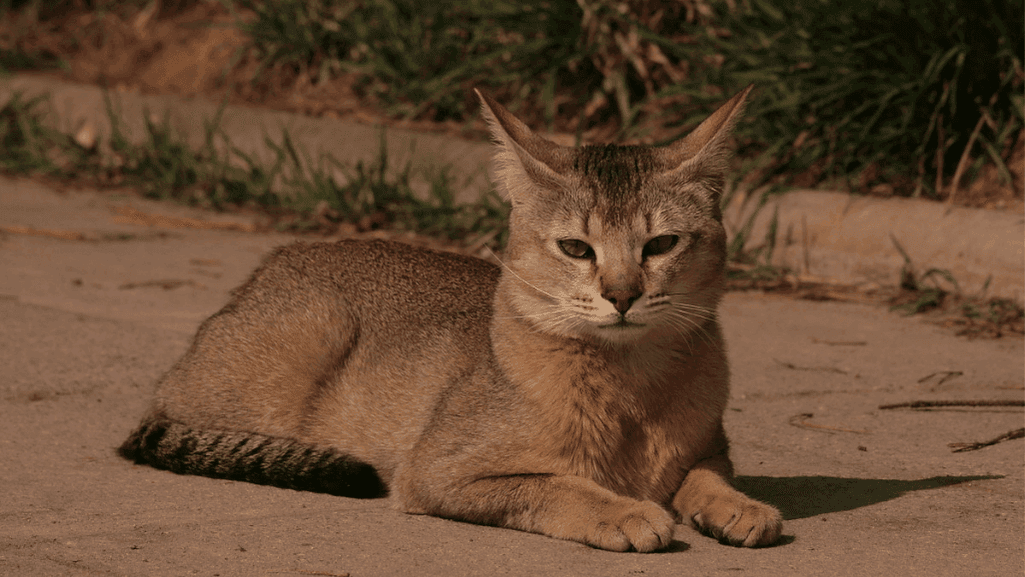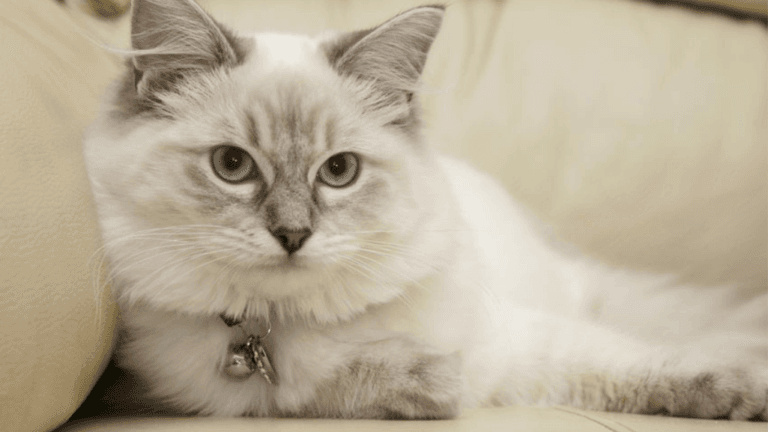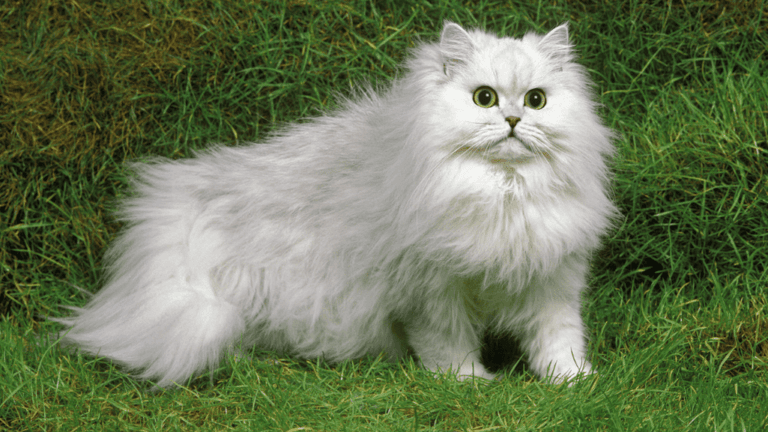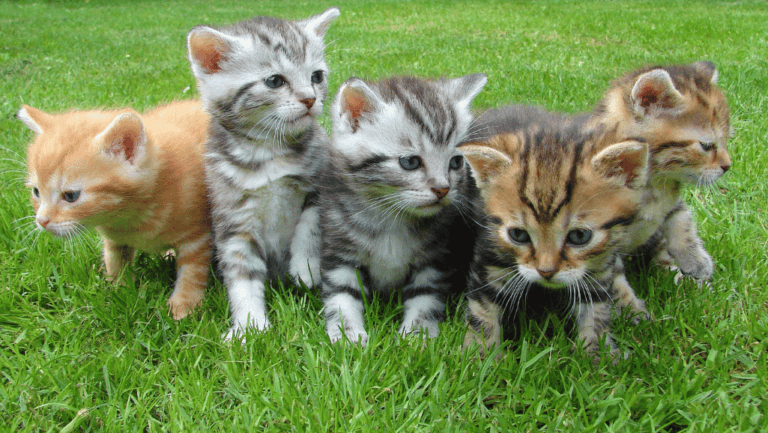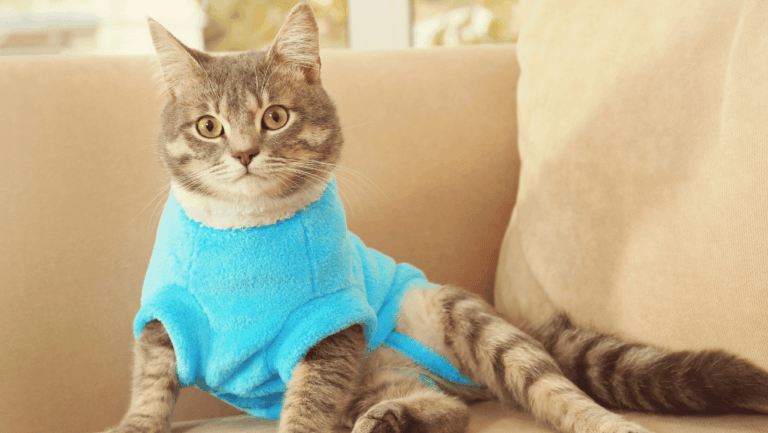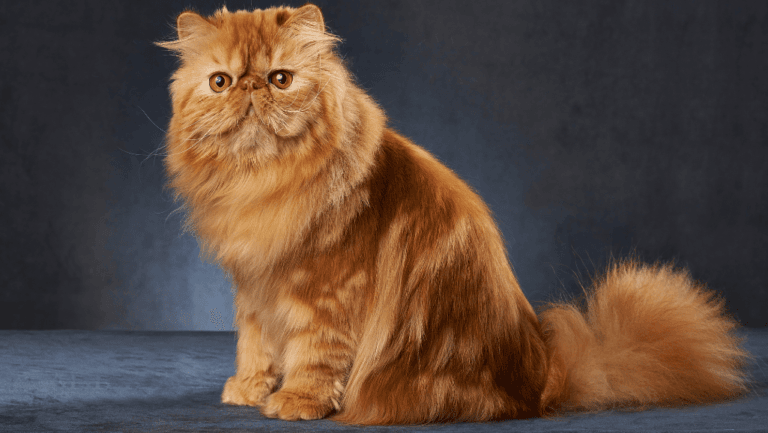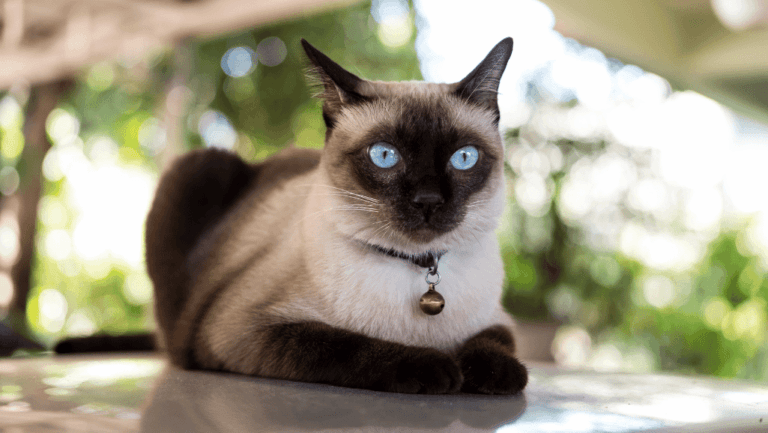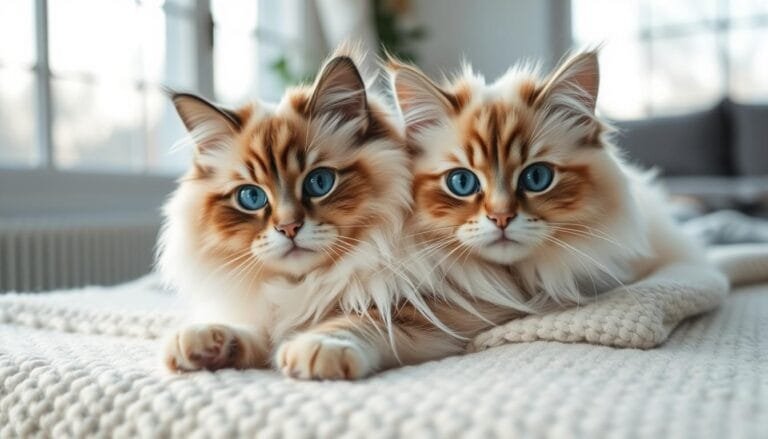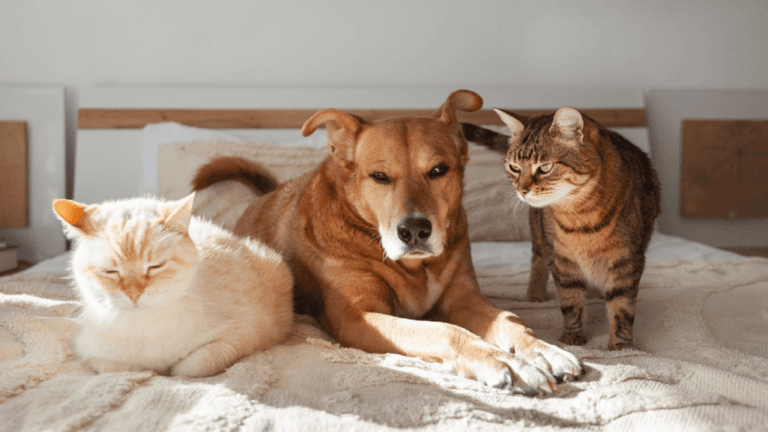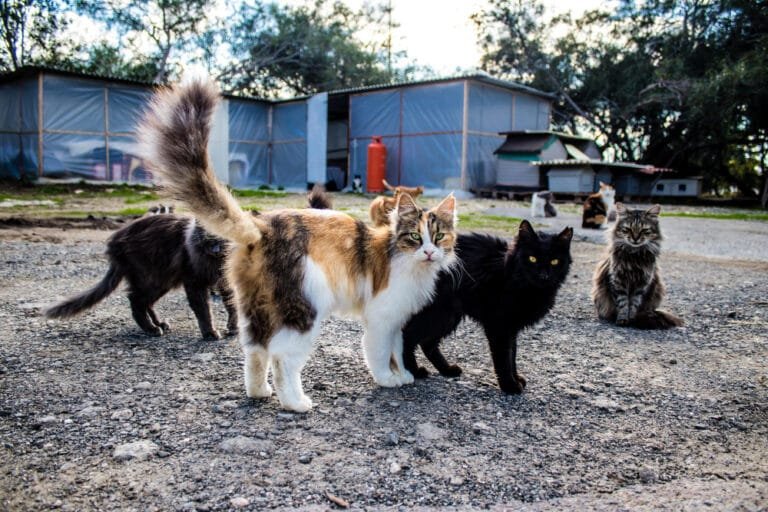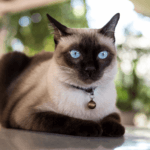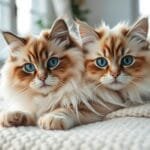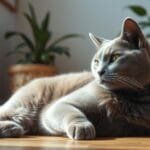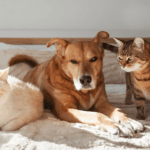Ever wondered which domestic cat breed is the biggest? From the Maine Coons to the Savannahs, many are contenders. This guide will explore giant feline breeds, comparing their sizes and unique traits.
Dogs come in many sizes, but cats are generally more uniform. Yet, some domestic cat varieties stand out, with impressive sizes and commanding presence.
In this article, we’ll explore the biggest house cats. We’ll look at their physical traits, personalities, and records. Whether you love cats or just find them fascinating, join us to learn about the largest domesticated cats.
Key Takeaways
- Maine Coons are the largest domestic cat breed, with some reaching over 3 feet in length.
- Savannah cats, a hybrid breed, can grow up to 19 inches tall and have a wild, exotic appearance.
- Norwegian Forest Cats are known for their muscular build and thick, furry coats, weighing up to 22 pounds.
- Ragdoll and Ragamuffin cats are large, fluffy breeds that can weigh around 20 pounds.
- Chausie cats resemble miniature cougars and can weigh up to 25 pounds, with an agile, athletic build.
Introduction to the World of Giant Felines
Many cat lovers dream of owning a large cat species. The idea of having a supersized feline companion excites them. While most domestic cats are small, some breeds stand out with their size and weight.
These cats are not just big; they also have unique personalities. They make great pets, with breeds like the Maine Coon and Savannah cat being favorites. These cats have won the hearts of many with their size and charm.
Recent statistics show that some domestic cat breeds can grow quite large:
- Maine Coons, the largest domestic cat, can weigh over 30 pounds (13.6 kg)
- Savannah cats usually weigh between 12 to 25 pounds (5.4 to 11.3 kg)
- Norwegian Forest Cats can weigh from 16 to 20 pounds (7.3 to 9.1 kg)
- Ragdolls typically reach 15 to 20 pounds (6.8 to 9.1 kg)
Wild cats like tigers and lions can weigh hundreds of pounds. Tigers, the largest big cats, can weigh up to 600 lbs (272 kg). Even though domestic cats are smaller, these giant breeds impress with their size and presence.
“In the world of domestic cats, size does matter, and these giant felines are proof that bigger can be better.”
Let’s explore the unique features and origins of popular giant cat breeds. From the Maine Coon to the Savannah cat, get ready to be amazed by these extraordinary felines.
Maine Coon: The Gentle Giant of the Cat World
Meet the Maine Coon cat, a big and cuddly cat loved by many. They are huge but very friendly, making them great pets for any family.
Physical Characteristics and Size
Maine Coons are big, with males up to 25 pounds and females 12 to 15 pounds. They can be 10 to 16 inches tall and up to 38 inches long, including their tail. Some key Maine Coon characteristics are:
- Long, thick coat that keeps them warm
- Strong and muscular body
- Polydactylism, having extra toes
- The longest whiskers of any cat breed
Personality Traits and Temperament
Maine Coons are big but very gentle and loving. They love being around people and are smart and easy to train. They get along well with kids and other pets.
“Maine Coons are the gentle giants of the cat world, with their impressive size and loving personality.”
Guinness World Record Holder for Longest Cat
Maine Coons are the longest domestic cats, according to Guinness World Records. Barivel, a Maine Coon from Italy, was the longest living cat, measuring 3 feet 11.2 inches. Stewie, the previous record holder, was over four feet long.
Maine Coons are loved for their looks, gentle nature, and record-breaking size. They bring happiness and companionship to any home.
Savannah Cat: A Wild-Looking Domestic Breed
The savannah cat is a unique hybrid that looks like a wild cat but acts like a house cat. It has a sleek, spotted coat and is quite large. This makes it a standout pet in any home.
Hybrid Origins and Generations
Savannah cats are made by mixing servals with domestic cats. This creates different generations, each with a certain amount of serval DNA. The first generation (F1) is 50% serval and is hard to breed because of the differences between the two species.
Later generations, like BC1, can have up to 75% serval DNA. As generations go on, the serval influence gets less, but they always look wild.
Size Variations and Height Records
The size of a savannah cat depends on its generation. Early ones (F1 and F2) can weigh between 9.9 to 24.3 pounds. Some F1 cats can even weigh up to 40 pounds, which can be expensive in the US.
Later generations weigh between 7.7 and 18.1 pounds, similar to other big domestic cats. In 2016, an F2 male named Arcturus Aldebaran Powers became the tallest domestic cat, measuring 19.1 inches. This shows how tall and striking a savannah cat can be.
Norwegian Forest Cat: A Mythical Scandinavian Feline
The Norwegian Forest Cat is a strong and beautiful cat. It has a thick, furry coat and is quite large. Adult females weigh between 7.9 and 17.6 pounds. Males can be even bigger, reaching up to 19.8 pounds or more.
This cat’s coat is special because it keeps it warm in cold weather. It has a water-resistant outer layer and a thick undercoat. This makes it a favorite in Norway, Sweden, Iceland, Denmark, and France.
Muscular Build and Thick, Furry Coat
The Norwegian Forest Cat is known for its strong muscles. These cats can grow up to 22 pounds. Males usually weigh between 13 and 22 pounds. They are smart, friendly, and love to care for others.
Its thick coat is another key feature. In spring, they shed their winter coat, making it thinner for about six months. This helps them adjust to different climates and temperatures.
Legendary Status in Norwegian Folklore
The Norwegian Forest Cat has a rich history filled with mystery and legend. Old stories tell of a magical cat seen in the forest, leaving behind a bushy tail. These tales have made the breed famous and loved by many.
In 1950, King Olav V named Norwegian Forest Cats the official cats of Norway. They were almost lost during World War II but were saved by a breeding program. It wasn’t until 1977 that the Fédération Internationale Féline (FIFe) recognized their lineage.
Ragdoll: The Fluffy, Affectionate Lap Cat
Ragdoll cats have won the hearts of many with their blue eyes, soft coats, and kind nature. They are known for being very affectionate and becoming limp when picked up. This is why they are called “ragdoll.”
Ragdolls are among the biggest domestic cat breeds. Female ragdolls can weigh between 8 to 15 pounds, while males can be even bigger, up to 20 pounds or more. It can take up to four years for a ragdoll to grow fully, making them a big responsibility for owners.
Ragdolls are special because of their loving nature. They are calm and friendly, making them great friends for kids and adults alike. They act like dogs, showing loyalty and a love for play. They are also smart, able to learn tricks and even walk on a leash.
“Ragdolls are the epitome of a gentle giant. Their fluffy coats and affectionate nature make them the perfect cuddle buddy for any cat lover.”
All ragdolls come from a single cat named Josephine, who had the first ragdoll kittens in the 1960s. These blue-eyed cats have become a favorite breed, loved for their beauty and loving personalities.
Siberian: Russia’s Hypoallergenic Wonder Cat
The Siberian cat, also known as the Siberian Forest cat, has been loved in Russia for centuries. They are known for their beauty, friendly nature, and special hypoallergenic qualities.
Centuries-Old Natural Evolution
The history of the Siberian cat goes back to the 1980s. But their story is much longer. They have lived in Russia for hundreds of years, adapting to the cold climate.
Their thick, luxurious coats are a result of this adaptation. The first Siberian cat stud, Roman, was born in 1987. He was a key foundation for the breed.
Coat Variations and Perceived Size
Siberian cats have many colors and patterns. Their coats are medium to long, making them seem bigger than they are. They can grow up to 9 to 11 inches tall and weigh up to 20 pounds.
“The Siberian cat’s coat is a testament to its natural evolution, providing protection from the harsh Russian winters and giving the breed its distinctive appearance.”
Allergen-Friendly Feline Companion
The Siberian cat is special because it’s hypoallergenic. They produce less Fel d 1 protein, the main cat allergen. This makes them great for people with allergies.
While no cat is completely hypoallergenic, Siberians are close. Regular grooming and coat care can help reduce allergies. This has made them popular worldwide.
Chausie: The Miniature Cougar Look-Alike
The chausie cat looks like a mini cougar. It has a wild look and is very athletic. They weigh between 9 and 30 pounds, with males being slightly bigger.
This jungle cat hybrid comes from mixing domestic cats with wild jungle cats. They have deep chests, which lets them breathe deeply and stay energetic. They can jump almost six feet high and are most active at night.
Chausies are not just beautiful but also have a kind heart. They are smart, curious, and very loyal. They can even learn to open doors and play fetch.
“Chausies tend to be very active, intelligent, curious, and sweet-natured, with a preference for company and interaction.” – Chausie Cat Breed Statistics
Some chausies might have trouble with gluten in their food, leading to stomach issues. They need lots of space and activity to be happy. It can take them 2 or 3 years to grow fully.
The chausie breed was recognized by TICA in March 1995. Changes in 2001 allowed them in shows, as long as they are four generations from wild cats. This wild-looking domestic cat is a unique and captivating addition to the world of cats.
British Shorthair: The United Kingdom’s Sturdy Feline
The British Shorthair is a favorite cat breed from the United Kingdom. It’s known for its sturdy build and unique looks. Every year, a quarter of all kittens in the UK are British Shorthairs, making them very popular.
This breed started in the 1860s from local cats and those from Egypt brought by the Romans. Today, they are calm and quiet, great for new cat owners. They live between 14 to 20 years, with males being bigger and heavier than females.
Distinctive Physical Features and Build
The British Shorthair is a strong cat with a muscular body and thick, soft fur. Their round face makes them very cute. It takes almost three years for them to grow up fully.
Their fur comes in many colors and patterns, with grey being common. The British Longhair, a relative, has longer fur, making them even more adorable.
Differences from American Shorthair
Many people mix up the British Shorthair with the American Shorthair. But, the British Shorthair is bigger and more compact. Their round face and strong body make them stand out from the American Shorthair.
British Shorthairs can face health issues like urinary problems and thyroid issues. But, with the right food and exercise, these problems can be avoided. They can get fat easily, so it’s key to watch their diet and keep them active.
The Largest Domestic Cat in the World: Comparing Sizes and Records
Some domestic cat breeds are truly giant. They have won the hearts of cat lovers everywhere. Their size and gentle nature make them special.
Top Contenders for the Title
The Maine Coon is often the biggest domestic cat. They can weigh up to 20 pounds and reach 40 inches long. The Norwegian Forest Cat is also huge, with males up to 22 pounds and a strong build.
Savannah cats are a mix of domestic and wild African serval cats. They can grow quite tall, with the tallest recorded at 19.05 inches.
Guinness World Records and Notable Individuals
Guinness World Records have honored many giant cats. Barivel, a Maine Coon from Italy, holds the record for the longest cat. He measured 3 feet 11.2 inches from head to tail tip.
Mymains Stewart Gilligan, or Stewie, was another record holder. He was a Maine Coon who measured 48.5 inches long. Sadly, Stewie passed away in 2013, but his record lives on.
Arcturus Aldebaran Powers, a Savannah cat, holds the record for the tallest domestic cat. He stood at 19.05 inches tall.
These cats show the amazing size and diversity of domestic cat breeds. They amaze and charm cat lovers with their size and charm.
Conclusion
The world of giant domestic cats is truly captivating. It’s filled with breeds that are both impressive in size and unique in character. From the Maine Coon to the Savannah cat, these cats have won the hearts of cat lovers worldwide. Each breed has its own special features, personality, and size, making them stand out.
For those who own a giant cat, it’s a thrilling adventure. But, it’s important to know the big responsibilities that come with it. These cats need lots of space, a balanced diet, regular exercise, and lots of love. By giving them the right environment and care, they can live a happy and healthy life.
Looking at the largest domestic cats, it’s clear there are many amazing ones. Cats like Mymains Stewart Gilligan (Stewie) and Barivel have set records for length. Others, like Arcturus and Fenrir, are known for their height. Whether you love the fluffy Norwegian Forest Cat or the affectionate Ragdoll, there’s a giant cat for every cat lover.
In summary, the world of the largest domestic cats shows how amazing and adaptable these animals are. As long as we keep caring for them, loving them, and respecting them, they will continue to amaze and inspire us for years to come.
